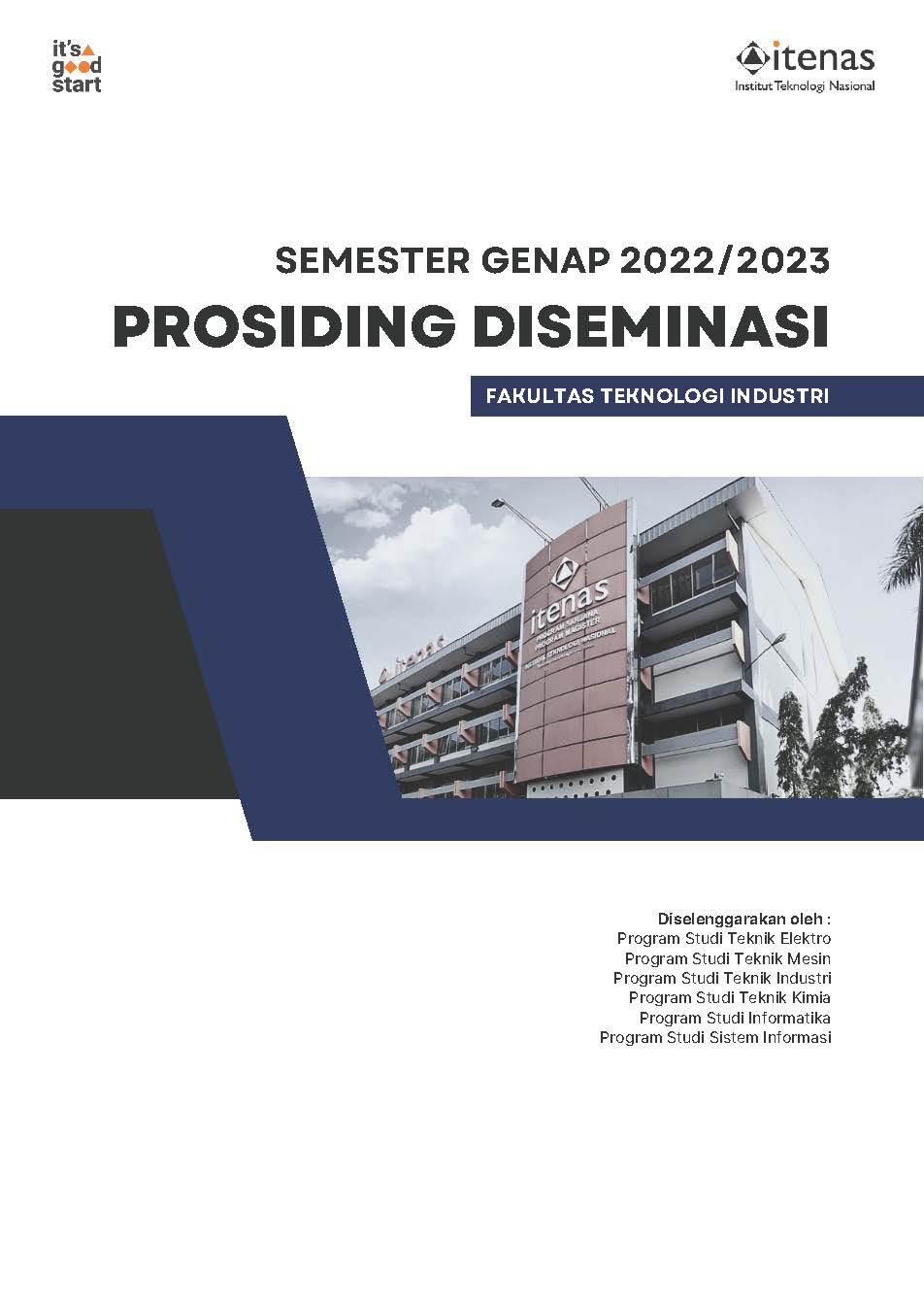Urutan Prioritas Perbaikan Produk dengan Menggunakan Metode Failure Mode and Effect Analysis dan Analytical Hierarchy Process (Studi Kasus di CV. Rabbani Asysa)
Kata Kunci:
Kualitas, Produk cacat, FMEA, AHPAbstrak
ABSTRAK
Persaingan pada dunia industri semakin ketat. Untuk bertahan pada persaingan tersebut perusahaan harus menjaga loyalitas pelanggan dengan menjaga dan meningkatkan kualitas hasil produksi. Namun pada proses produksi masih ditemukan adanya produk cacat atau defect sehingga diperlukan upaya untuk meminimasi adanya produk defect. Metode Failure Mode and Effect Analysis (FMEA) digunakan untuk mengidentifikasi jenis cacat dan menentukan urutan perbaikan berdasarkan nilai Risk Priority Number (RPN) yang diperoleh. Nilai RPN diperoleh berdasarkan nilai severity, occurrence, dan detection. Namun perhitungan RPN menggunakan metode FMEA dapat menghasilkan nilai RPN yang sama, sehingga digunakan metode Analitycal Hierarchy Process (AHP) untuk menentukan bobot dari severity, occurrence, dan detection. Berdasarkan pengolahan data dengan kedua metode tersebut diperoleh urutan prioritas perbaikan penyebab kegagalan produk, dan diharapkan dapat meningkatkan kualitas produk yang pada akhirnya dapat mengurangi jumlah produk defect.
ABSTRACT
Competition in the industrial world is getting tighter. To survive the competition, the company must maintain customer loyalty by maintaining and improving the quality of production results. However, in the production process, defective products are still found, so efforts are needed to minimize the presence of defective products. The Failure Mode and Effect Analysis (FMEA) method is used to identify the type of defect and determine the order of repair based on the Risk Priority Number (RPN) value obtained. RPN values are obtained based on severity, occurrence, and detection values. However, RPN calculations using the FMEA method can produce the same RPN value, so the Analysis Hierarchy Process (AHP) method is used to determine the weight of severity, occurrence, and detection. Based on data processing with both methods, a priority order is obtained for repairing the cause of product failure, and is expected to improve product quality which in turn can reduce the number of defective products





